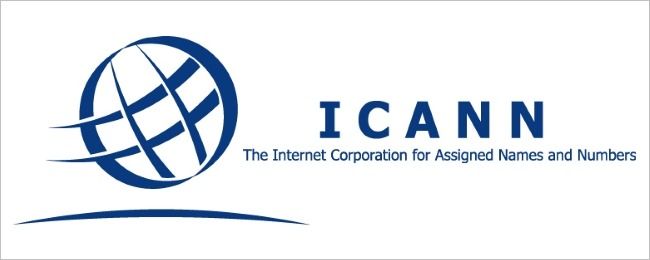If you have never registered a domain name of your own before, the process can seem a bit confusing or overwhelming. With this in mind, just how does the domain name registration process work? Today's SuperUser Q&A post has the answers to a confused reader's question.
Today’s Question & Answer session comes to us courtesy of SuperUser—a subdivision of Stack Exchange, a community-driven grouping of Q&A web sites.
The Question
SuperUser reader user43364 wants to know how the domain name registration process works:
When you pay a company money to register a domain name, what do they do? Is it possible to register a domain name without using one of these services?
How does the domain name registration process work?
The Answer
SuperUser contributor grawity has the answer for us:
The DNS is global and hierarchical. ICANN manages the root domain . <- (dot), which contains information about which organizations manage the top-level domains (like com, ru, & moe), and those domains contain information about who owns the second-level domains (like superuser.com, yandex.ru, & nic.moe).
When you buy an example.com domain from a registrar (Dynadot, GoDaddy, etc.), it contacts the com operators (VeriSign), who then update their information noting that information about example.com is kept on the registrar's name servers (or your own, if you prefer). This way, the rest of the world knows where to look for your domain name.
The same process can be done at any level – example.com itself can delegate higher-level domains (sub-domains) to other name servers, like eu.org or freedns.afraid.org do.
Technically, you could run your own DNS server (using commonly available software such as BIND9) and configure whatever domain names you want on it. It would simply be invisible to the rest of the Internet as no one would know that your DNS server exists and what domains it has.
This is actually common in local networks – some corporations have their internal DNS servers configured for domains like internal.company.com (or corp or int). Even some home gateways have an internal domain like home for all computers in the LAN.
Have something to add to the explanation? Sound off in the comments. Want to read more answers from other tech-savvy Stack Exchange users? Check out the full discussion thread here.

